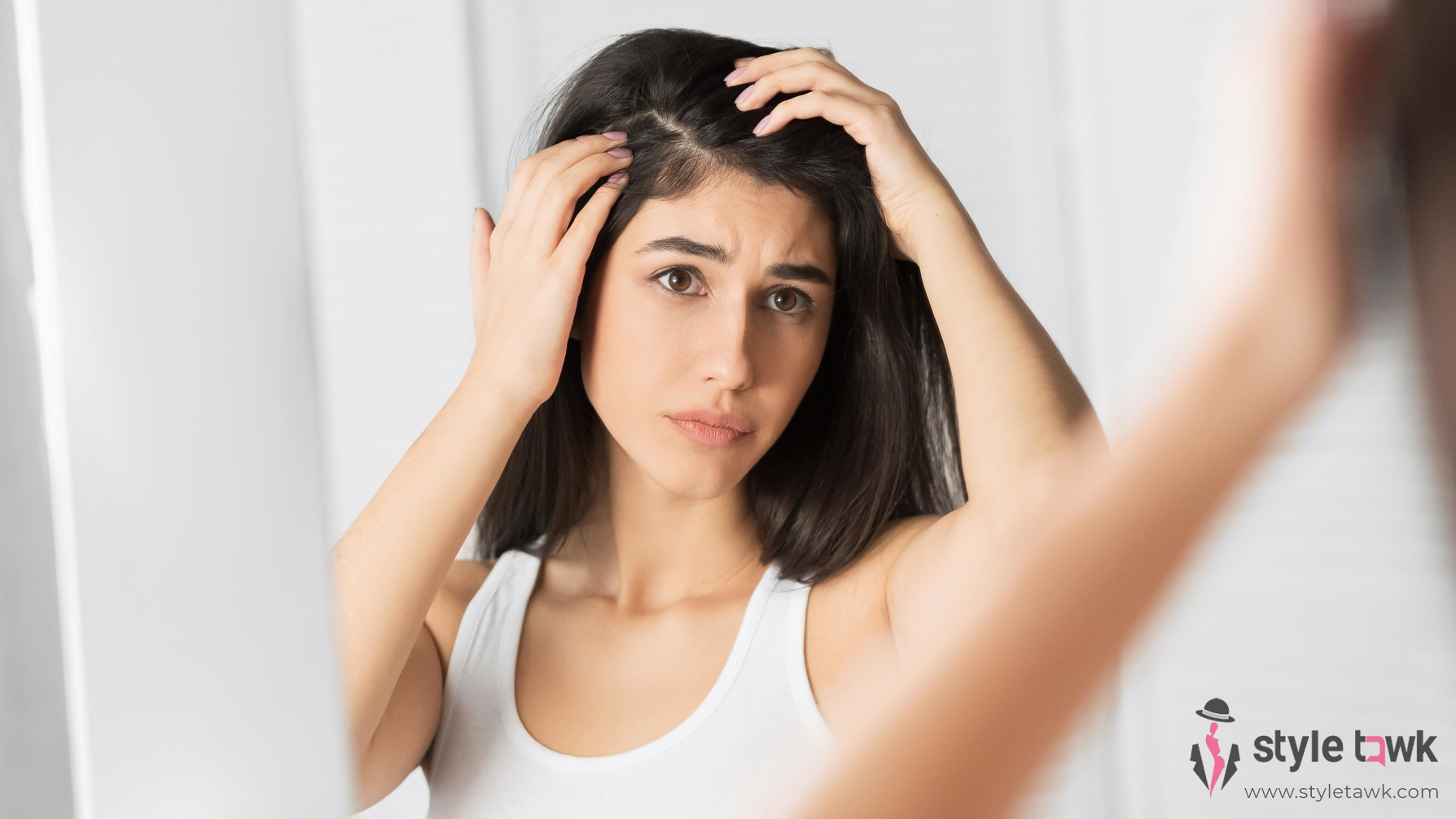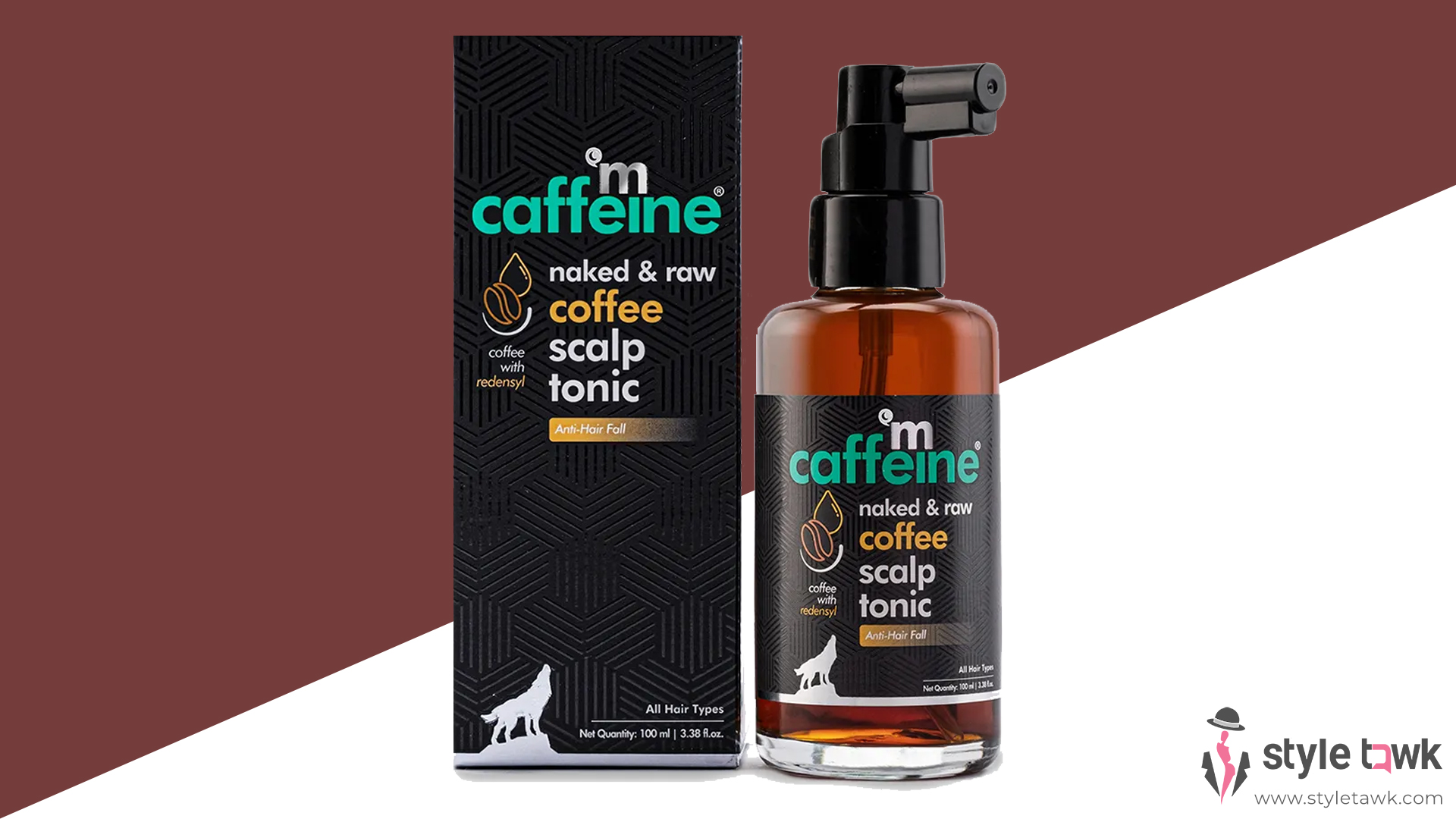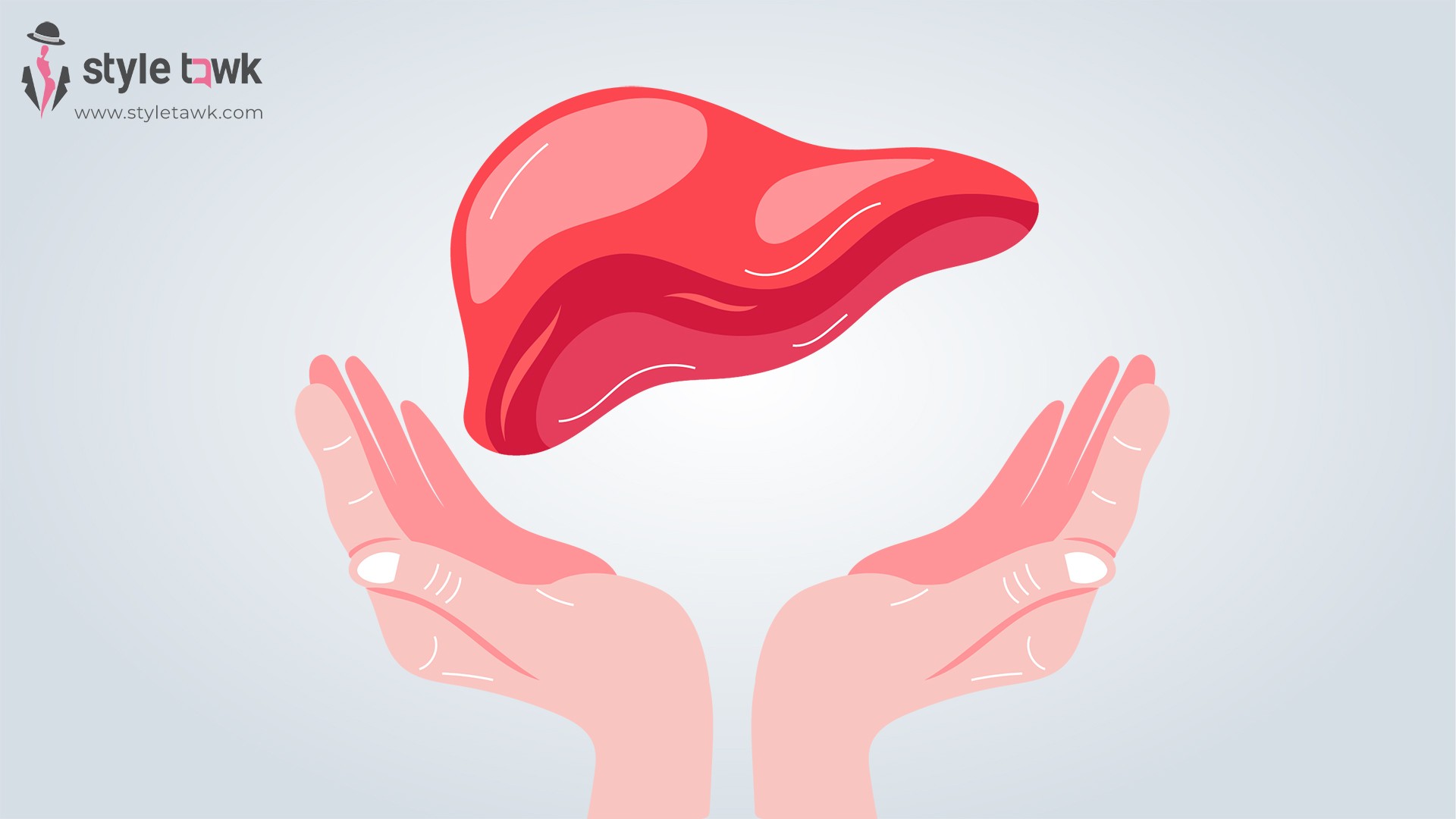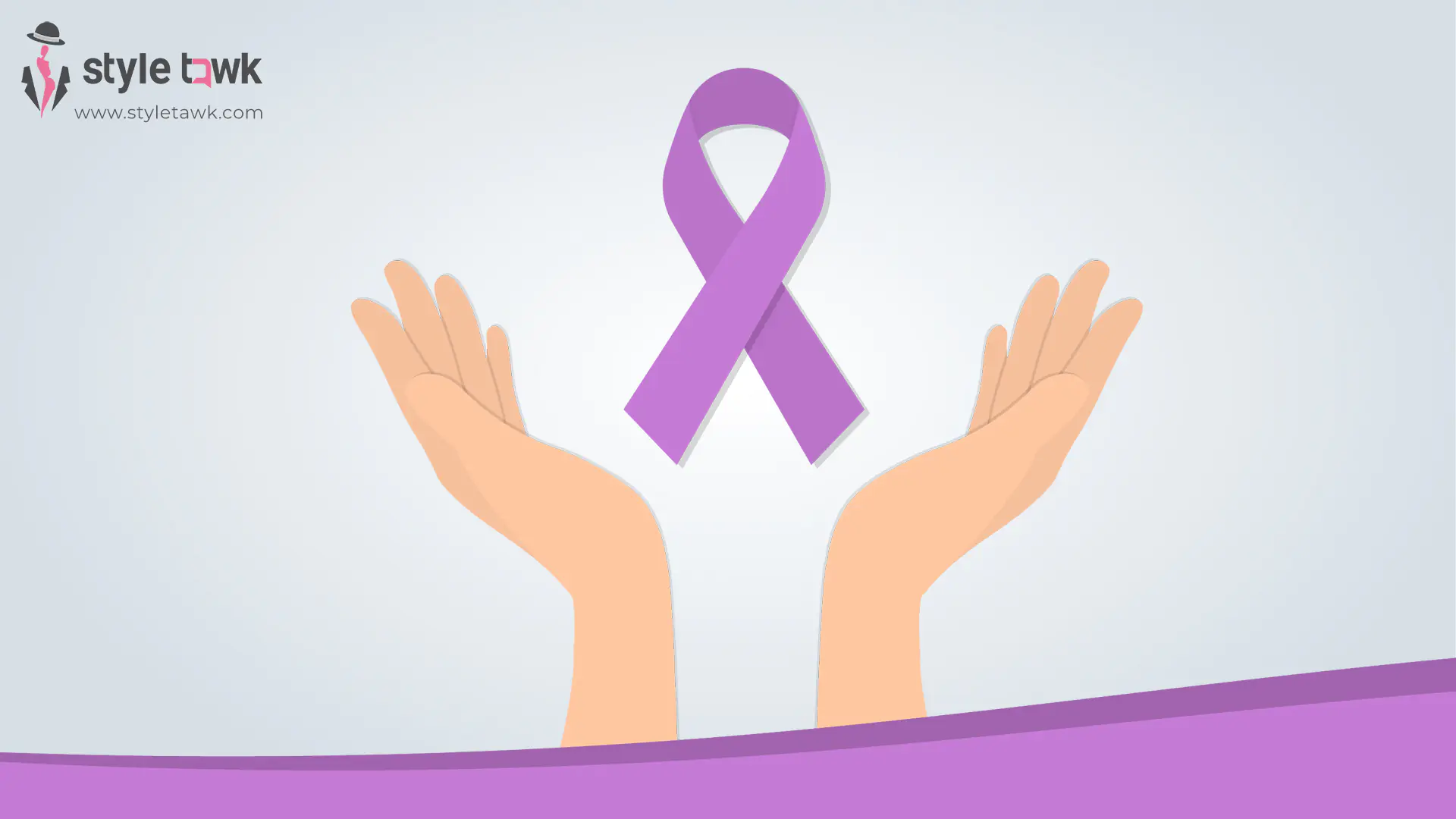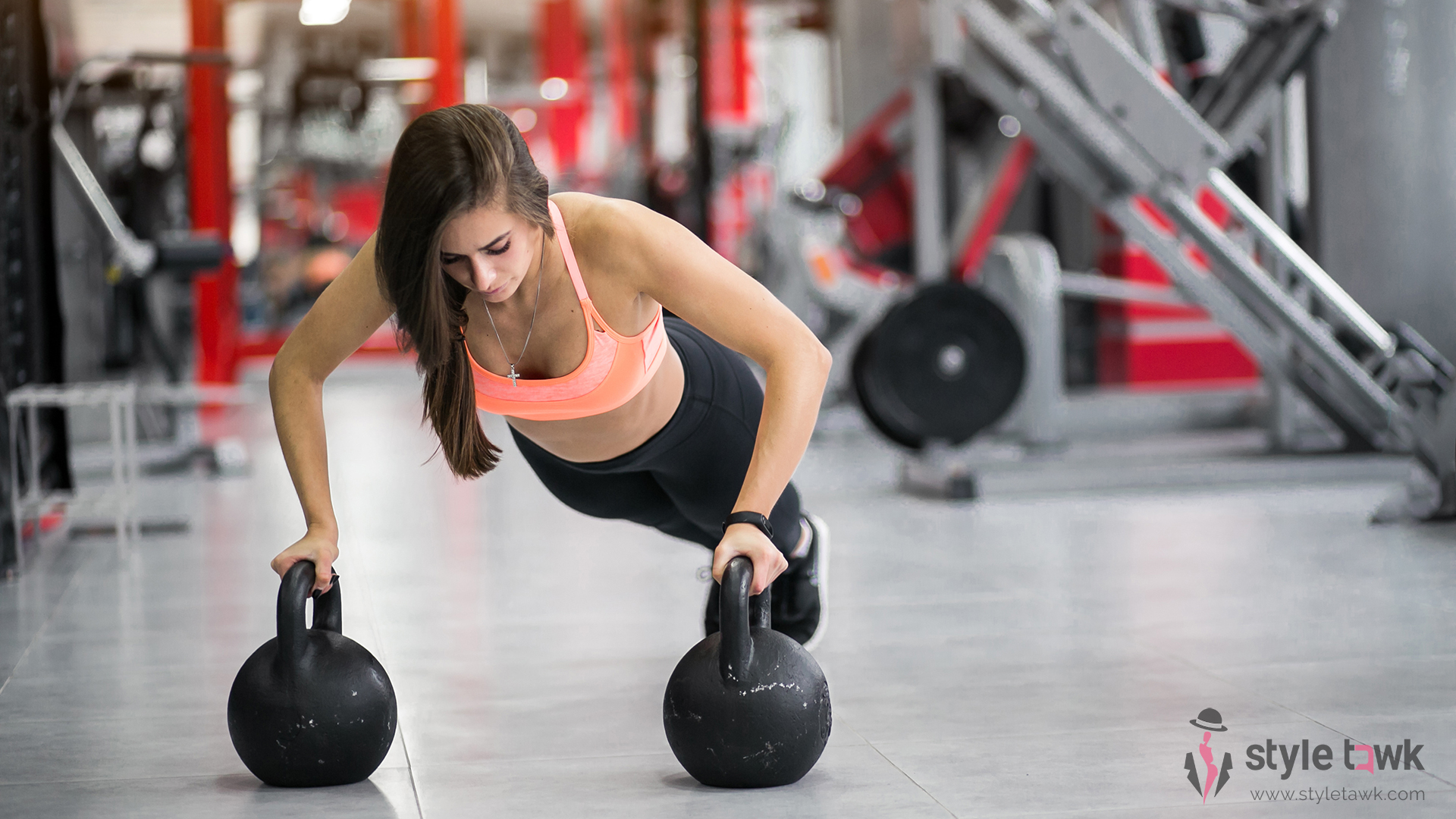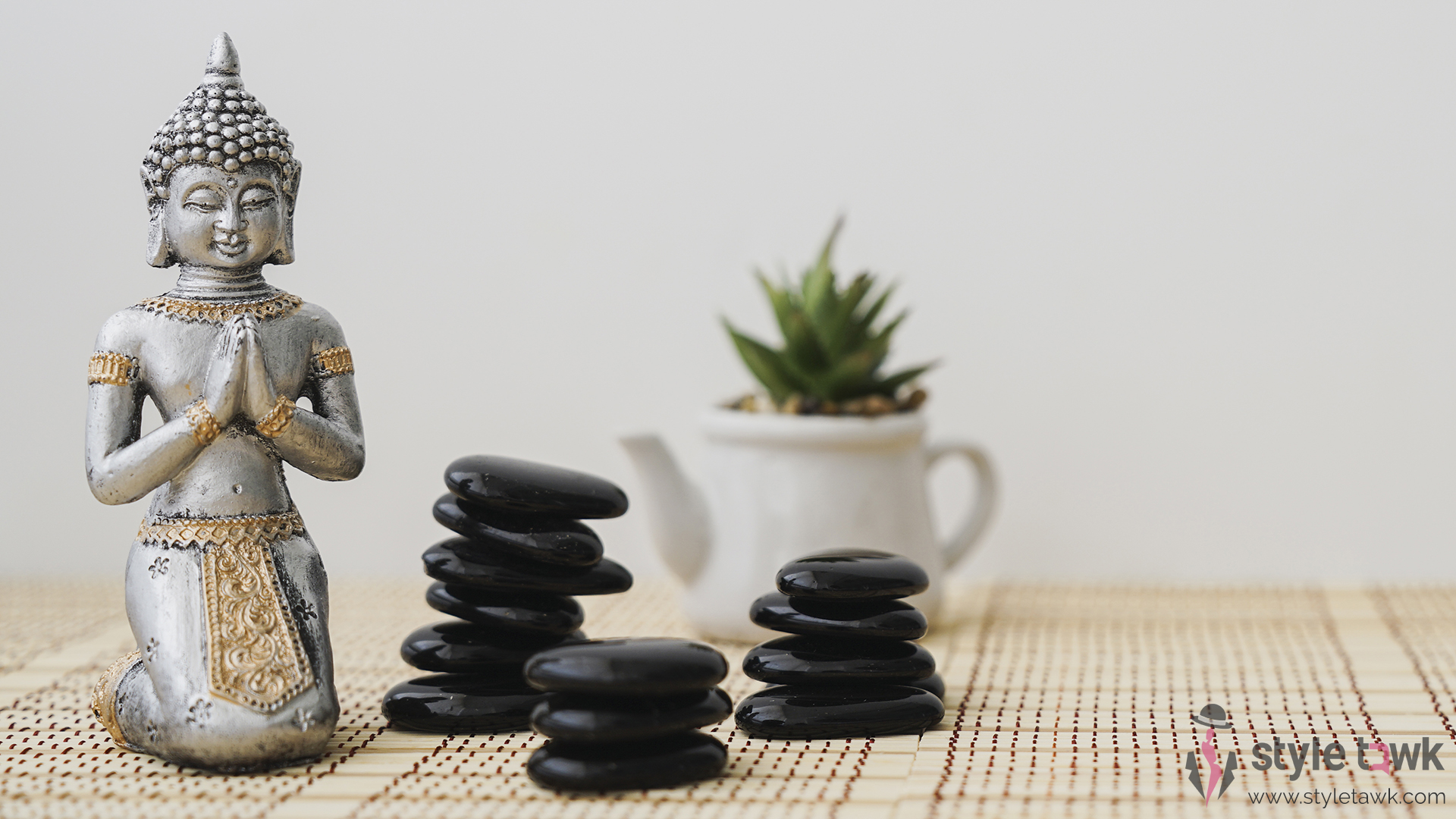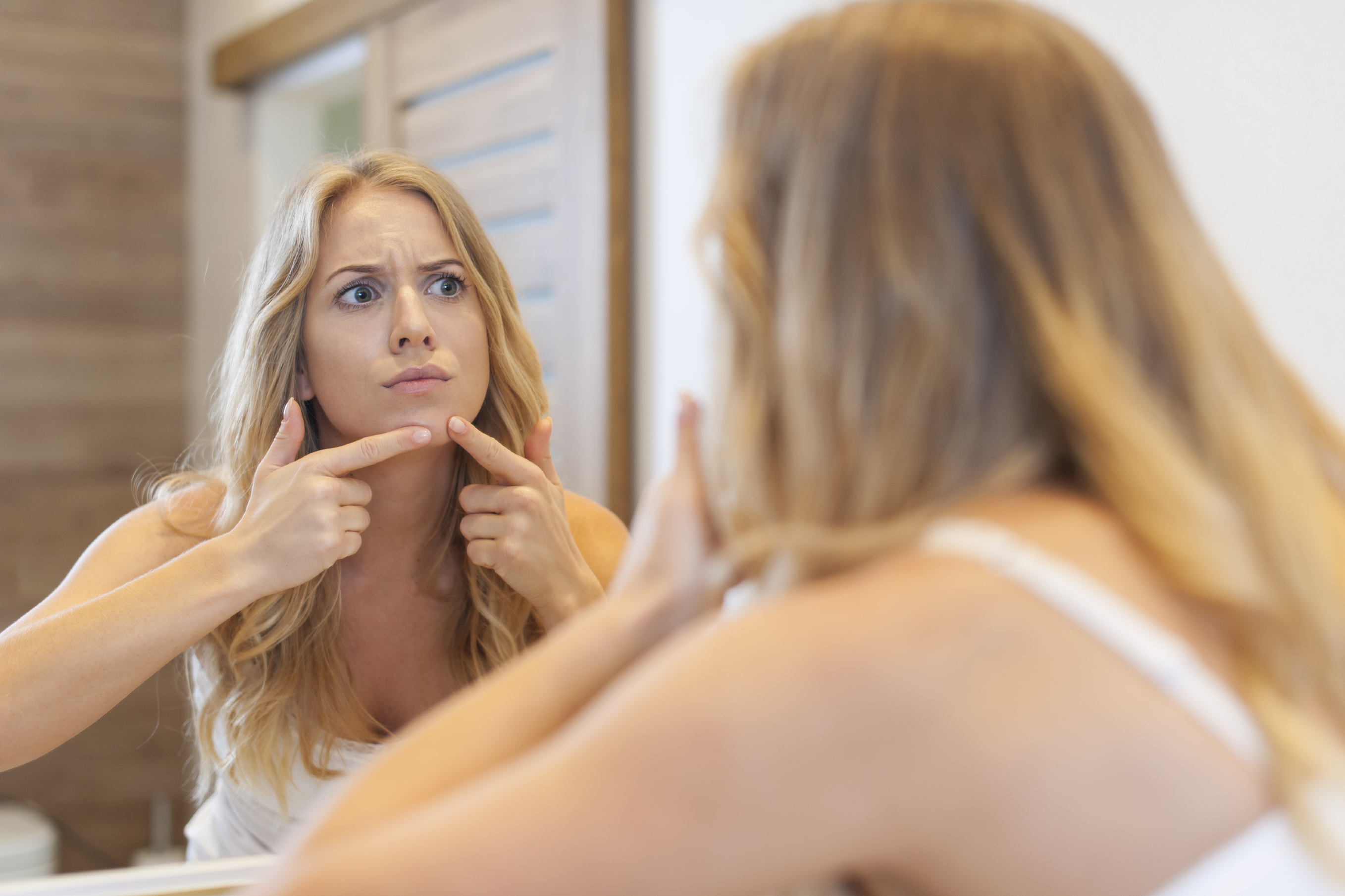Who would have thought that articles and videos showing gore-like stuff like popping pimples will be in demand? Despite being grossed at it, our eyes can’t seem to detach from watching the procedure until it ends. And it begs the question, should you pop your pimple at home?
Dermatologists have varying opinions about it: some vehemently against it (for good reasons) while others may put a cautionary flag on the issue, stating that doing the procedure should be in a cleaner environment, and depending on the type of pimple you’re popping on the first place.
All in all, popping pimples depends on the type of that pimple.
Let’s begin with the hardcore types of blemishes: the Cyst. This kind of pimple is the one you should leave in the good hands of the skin experts with their specialized tools as the whole gunk is lodged deep underneath your skin. And after the procedure, your skin needs some time to heal.
The same also goes with Milia (tiny, white bumps/pus that can be confused as whiteheads), your good doctor/aestheticians is more than capable to extract it thoroughly for your skin to be milia-free.
On the other hand, Pustules are the kind of pimple that you can pop at home. Though dermatologists agree that you should do so with caution (if in doubt, go straight to your doctor for advice) because if the routine backfires you are vulnerable to scars from the teared-up skin and prevent your skin from healing completely and beautifully. Plus, there’s always a chance that you might make the whole issue worse, especially if the tools you’re using is not sterilized beforehand. This can cause the germs to spread out, leading to more pimples nearby. What more if you accidentally push the gunk deep into the pore, you’d create a different kind of pimple with inflammation to match.
So yes, although right now pustules are given the okay-sign that it can be popped, extreme caution is essential. Plus, keep in mind that you can only try to pop it once. If the pus doesn’t come out, simply leave it and let your body take care of it.
Hopefully, this article can serve you as a guide for you to decide if you really need to take action on that blemish. For a better (although slower) alternative, a good diet of vitamin C and plenty of water is the way to go.


